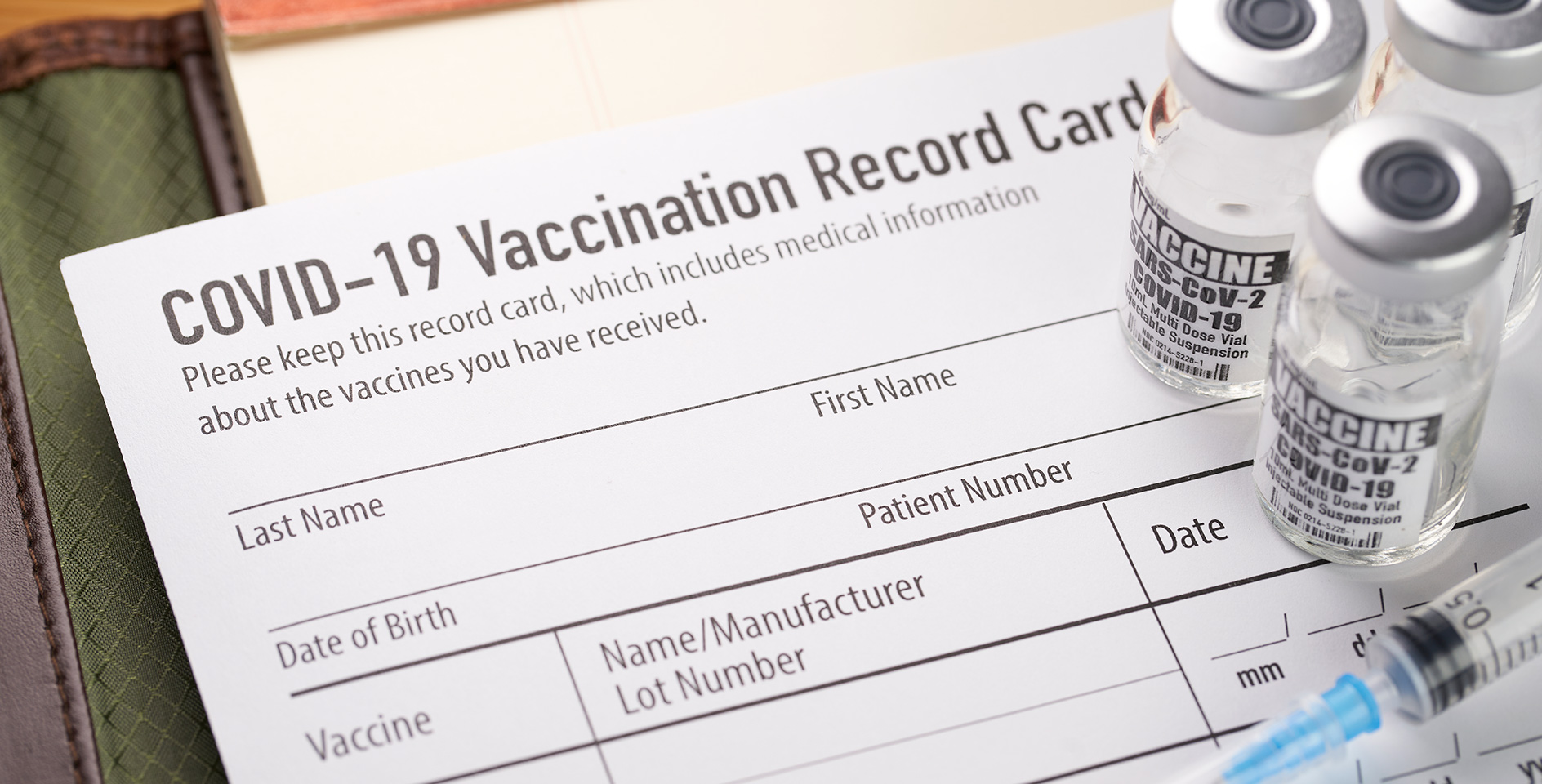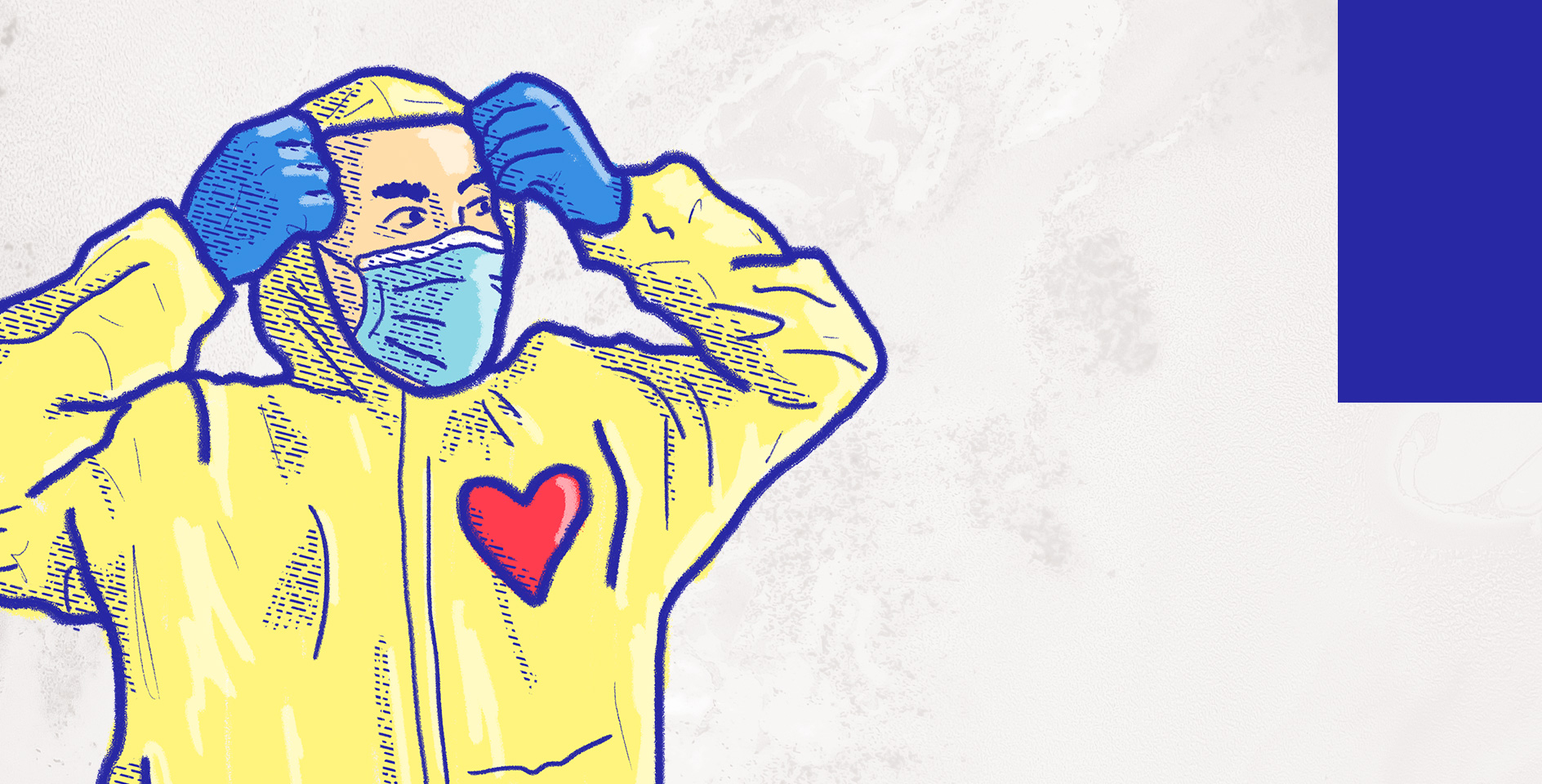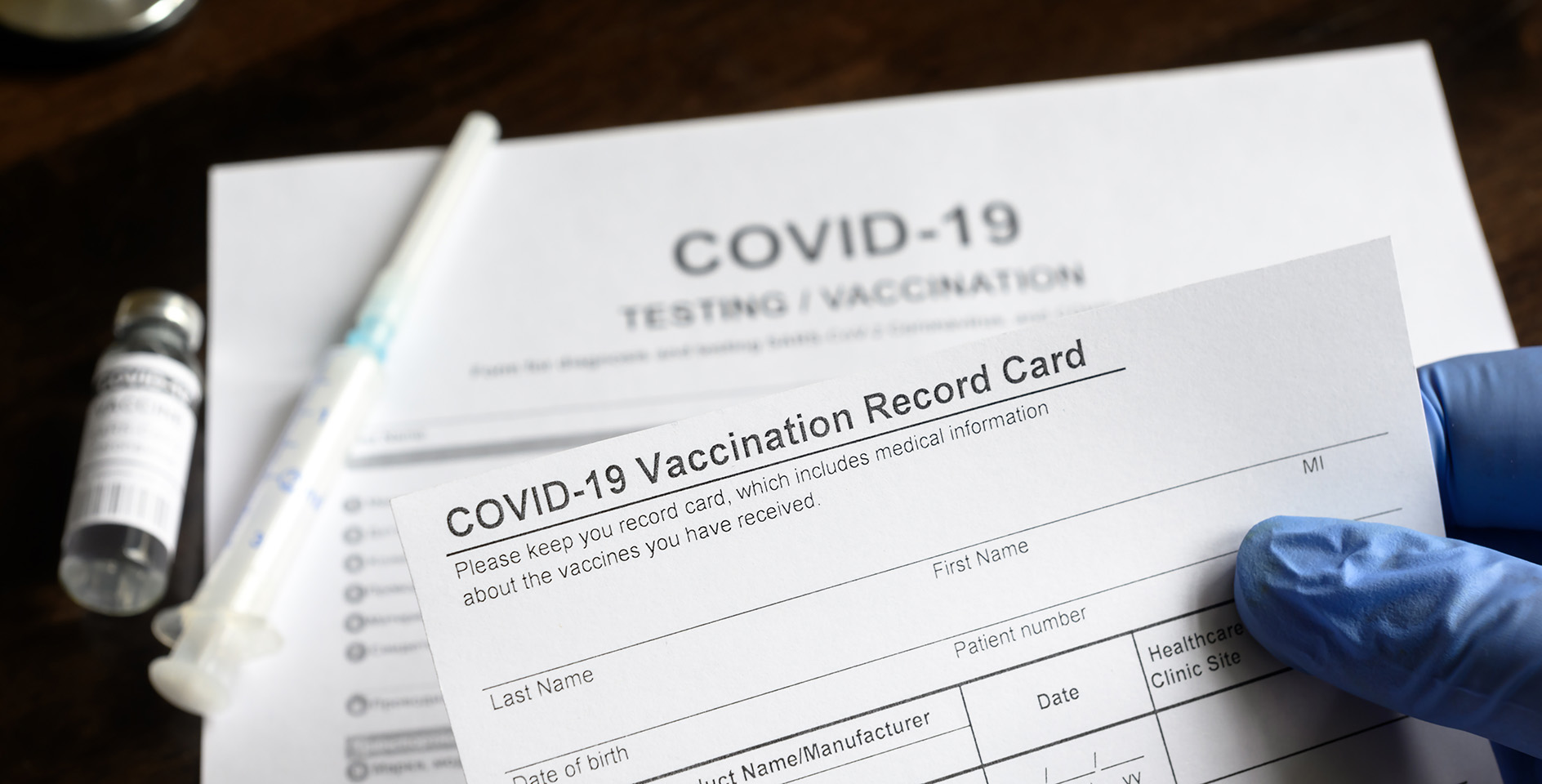The development of a new vaccine usually takes a decade. The discovery and research phase alone normally takes two to five years. The fastest vaccine ever created—for the mumps—took four years. The time it took to develop a vaccine for COVID-19 was less than a month. We may soon have a vaccine ready for widespread use that was developed, tested, approved, and distributed in less than a year.
The two most promising vaccines—independently produced by Pfizer and Moderna—were developed so quickly because they use mRNA, which does not require time-consuming steps, such as growing ingredients in chicken eggs (see more on this below). But the creation involved the collaboration of a global network of biomedical researchers, pharmaceutical companies, and government agencies.
To show how the incredible process was achieved so quickly, we’ll examine the timeline for the creation of the vaccine by Moderna.
Development
A new viral-caused respiratory illness was first discovered in the Hubei province of China in December 2019. A few weeks later, cells from infected patients were used to isolate this new severe acute respiratory syndrome coronavirus, which was named the SARS-CoV-2. By Jan. 11, medical researchers in China had sequenced the genome for the coronavirus and posted the details on GenBank, the National Institute of Health’s (NIH) genetic sequence database which contains an annotated collection of all publicly available DNA sequences.
Two days after the genome was posted, the NIH and Moderna’s infectious disease research team finalized the sequence for a candidate vaccine, mRNA-1273. The biotechnology company then immediately began to manufacture the candidate vaccine for clinical testing. On Feb. 7, a mere 25 days later, the first clinical batch of mRNA-1273 was completed and then proceeded to analytical testing for release.
Testing
Three weeks later, Moderna shipped the first clinical batch of mRNA-1273 to the NIH for use in their Phase 1 clinical study. By March 16, the NIH announced that the first participant in its Phase 1 study of mRNA-1273 was dosed—a total of 63 days from sequence selection to first human dosing.
Before vaccines and antivirals can be approved for use on humans, the Federal Drug Administration (FDA) requires they undergo rigorous study, such as through a clinical trial. Clinical trials are research studies that evaluate the effectiveness of a medical, surgical, or behavioral intervention and are the primary way researchers find out if a new treatment, such as a vaccine, is safe and effective for use on people.
Clinical trials advance through four phases to test a treatment, find the appropriate dosage, and look for side effects:
Phase I — The drug is given to a small number of healthy people and people with a disease to look for side effects and figure out the best dose. The NIH announced that the first participant in its Phase 1 study of mRNA-1273 was dosed on March 16 and Moderna announced positive interim Phase 1 data for mRNA-1273 on July 8.
Phase II — The drug is then given to several hundred people who have the disease, looking to see whether it works and if there are any side effects that weren’t caught during the initial testing. Moderna began phase 2 on May 29 and completed enrollment on July 8.
Phase III — In this large-scale trial, the drug is given to several hundred or even up to 3,000 people. A similar group of people take a placebo, or inactive compound. The trial is usually randomized and can take one to four years. This stage provides the best evidence of how the drug works and the most common side effects. Moderna began phase on July 27 and completed enrollment on Oct. 22.
Phase IV — Drugs that are approved for use undergo continued monitoring to make sure there are no other side effects, especially serious or long-term ones. Moderna has requested emergency FDA authorization for its vaccine candidate. To win FDA authorization, companies have to show their vaccine is safe, that it’s more than 50% effective, and that it can be produced reliably and safely. A preliminary analysis shows that mRNA-1273 has a vaccine efficacy of 94.5%.
By the middle of December, the FDA is expected to decide whether to authorize the Moderna and Pfizer vaccine candidates.
Funding and distribution
On April 16, the Health and Human Services Department (HHS) agreed to provide up to $483 million in support available for Moderna’s candidate vaccine. The funding allowed Moderna to increase its “skilled manufacturing staff to expand manufacturing capacity from two shifts per day, 5 days per week to three shifts per day, 7 days per week, engineers to manage process scale-up, and clinical and regulatory staff to support clinical development.” (This agreement was later expanded on July 26 to include an additional $472 million to support late-stage clinical development, including the expanded Phase 3 study of the company’s mRNA vaccine, which began on July 27.)
The funding for the Moderna vaccine began before May 15, when the U.S. government announced the launching of Operation Warp Speed, a program designed to drastically reduce the time it takes to get a COVID-19 vaccine to U.S. residents. The goal of Operation Warp Speed is to produce and deliver 300 million doses of safe and effective vaccines with the initial doses available by January 2021. The project was funded by almost $10 billion that Congress had directed to this for fighting the disease.
In August, HHS announced that up to $1.5 billion in funds would be authorized to support the large-scale manufacturing and delivery of Moderna’s vaccine candidate. Under the terms of the agreement, the U.S. government will own the resulting 100 million doses of vaccine and will have the option to acquire more. Moderna has partnered with the Swiss drugmaker Lonza to produce 400 million doses of the vaccine annually. The U.S. firm is aiming for 500 million to 1 billion doses in total for 2021.
Is a vaccine safe being developed on such a short timeline?
The speed with which the vaccines have been developed has raised concerns about whether they are safe. Many people may assume that because previous vaccines took years to create, that a deliberate process over an extended time is an essential element in ensuring safety. But the reality is that the COVID vaccines were able to be developed so quickly because they took advantage of relatively recent technological advances and prioritization that speeded up the regulatory process.
For example, a key first step in creating modern vaccines is determining the genetic sequence of the virus. The first complete genome sequence from a free-living organism (Haemophilus Influenzae) only occurred in 1995. When the coronavirus-induced SARS outbreak began in late 2002, it took scientists six months—until April 2003—to sequence the genome of the virus. In comparison, it took researchers a mere 33 days to sequence the genome of the COVID-19 virus.
Another hurdle in the process is the manufacture of the vaccine. For instance, the most common way flu vaccines are made is using an egg-based manufacturing process. In this process, a candidate vaccine is injected into fertilized chicken eggs and incubated for several days to allow the viruses to replicate. One egg is needed to produce one dose of a vaccine. This requires large numbers of chicken eggs to produce (about 140 million eggs are needed in the U.S. every flu season) which can take a long time. Even for a simple flu vaccine it often takes 5–7 months for the World Health Organization (WHO) to send out the viruses it has chosen and the vaccine industry to receive the shipment, replicate the viruses, and manufacture millions of vaccines. The production method for mRNA vaccines is much simpler, and takes much less time.
According to the Centers for Disease Control, mRNA vaccines have been rigorously tested for safety before being authorized for use in the United States. And while the COVID-19 mRNA vaccines have received priority attention by federal regulators, they still go through the same rigorous safety assessment as all vaccines before they are authorized or approved for use by the Food and Drug Administration.
The COVID-19 Vaccines: A Conversation with Dr. Francis Collins
On Thursday, ERLC hosted a discussion about the COVID-19 vaccines with Dr. Francis Collins, the Director of the National Institutes of Health. During our event he shared insights about the development of the vaccines, misconceptions about them, and what it will take to get our church life back to “normal.” Watch the full video






